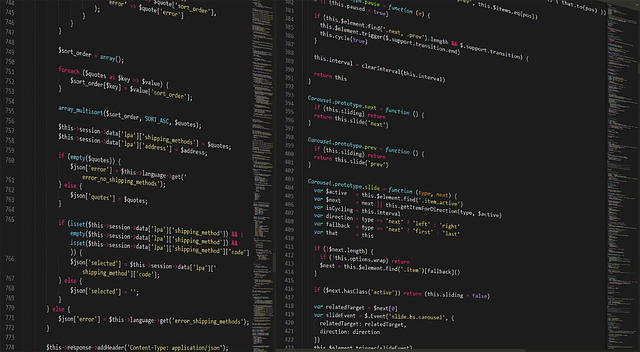
Analyzing IT Security: The Power of Static Code Analysis
In the realm of information technology, securing our applications and systems is of utmost importance. With cyber threats evolving at an alarming pace, it’s crucial to employ a proactive approach to IT security. One powerful tool that has gained significant traction in recent years is static code analysis. This technique offers developers the chance to identify vulnerabilities in their code before it ever reaches production, allowing for a safer and more secure digital environment.
The essence of static code analysis lies in its ability to assess source code without executing it. By examining the code structure, syntax, and flow, it pinpoint potential security vulnerabilities, coding errors, and deviations from best practices. Imagine being able to catch a potential security flaw in the very early stages of software development, mitigating risks and saving substantial time and resources down the line. This powerful methodology not only safeguards applications but also fosters a culture of security-conscious coding.
One of the significant advantages of static code analysis is its ability to be integrated into the continuous integration and continuous deployment (CI/CD) pipeline. This seamless integration means that developers can receive instant feedback on their code changes, ensuring that security measures are applied consistently throughout the development lifecycle. By implementing this practice, organizations can significantly reduce the number of vulnerabilities that make it to production, leading to more secure applications and increased trust from users.
Moreover, static code analysis tools can be customized to fit an organization’s specific needs. Different programming languages, frameworks, and security standards can be incorporated, allowing for a tailored approach to code security. This adaptability ensures that teams are not only compliant with industry regulations but are also ahead of the curve when it comes to security best practices.
Another critical aspect to consider is that static code analysis encourages a collaborative effort among team members. Developers can identify and resolve security issues early in the development process, fostering an environment of shared responsibility for code security. This collaboration helps inculcate a culture of awareness about potential vulnerabilities and the importance of secure coding practices.
In addition to enhancing security, implementing static code analysis can also lead to improved code quality. Tools used for this process often provide insights into code complexity, maintainability, and adherence to coding standards. By embracing these tools, development teams not only reduce security risks but also enhance the overall performance and reliability of their software.
As organizations navigate the ever-complex landscape of IT security, static code analysis emerges as a crucial ally. It empowers teams to build resilient applications and maintain robust security postures, ultimately ensuring that their software meets the demands of users in today’s digital world. In a time where breaches can lead to devastating consequences, leveraging static code analysis is not just beneficial; it is essential for any organization committed to prioritizing IT security.



